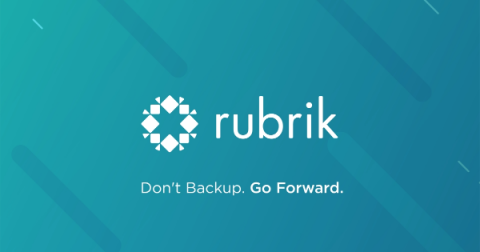Supercharge Team Productivity with Essential Jira Integrations
Looking to supercharge your team's productivity, optimize project management, and enhance security within Jira? Look no further! Watch the session where six Atlassian Marketplace vendors - Move Work Forward, Reliex, SaaSJet, Release Management, OBoard, and GitProtect.io - united their efforts to share best practices & insider tips for streamlining your workflows and productivity, boosting collaboration, and protecting your Jira data.











